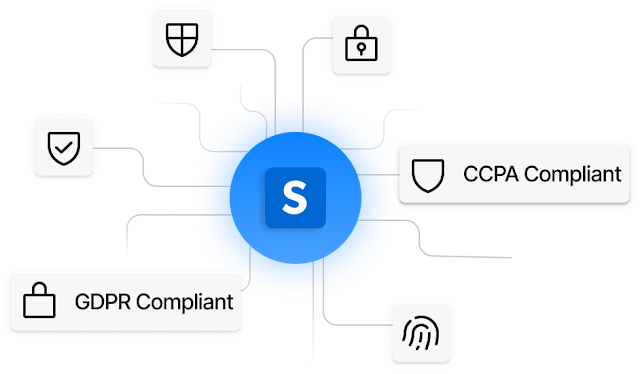The Art and Ethics of Scraping LinkedIn Profiles: An Overview
In the digital age, data has become the new currency, with businesses and professionals constantly seeking valuable information to drive decision-making and strategies. One area of interest is LinkedIn profile scraping, a process that involves extracting publicly available data from LinkedIn profiles. This article delves into the nuances of LinkedIn profile scraping, discussing its purposes, methods, and legal and ethical considerations, and concludes with a brief mention of Scrapin.io. This platform offers services in this domain.
Understanding LinkedIn Profile Scraping
LinkedIn profile scrape linkedin profiles software or tools to collect data from LinkedIn profiles. This data can include names, job titles, work history, skills, and other professional details. The primary goal is to gather insights for various purposes, such as market research, lead generation, talent acquisition, and competitive analysis.
Methods of Scraping LinkedIn Profiles
Manual Scraping: This involves manually visiting and recording information from LinkedIn profiles, which is time-consuming and not scalable.
Automated Tools: There are various tools and software designed to automate the scraping process. These tools can quickly gather large amounts of data with minimal effort.
APIs: Some platforms provide APIs that allow for more controlled and structured data extraction from LinkedIn, often requiring permissions and adherence to LinkedIn’s terms of service.
Legal and Ethical Considerations
The legality and ethics of linkedin scraping tool are complex and subject to ongoing debate. LinkedIn’s terms of service prohibit the use of automated scraping tools. There are also broader legal considerations, such as privacy laws (like GDPR in Europe) and data protection regulations that vary by country.
Ethically, scraping raises questions about privacy and consent, as individuals may not be aware that their publicly shared information is being collected and used for commercial purposes. It's crucial for businesses and individuals engaging in scraping to consider these aspects and strive for transparency and ethical practices.
Potential Uses and Benefits
Despite the legal and ethical complexities, LinkedIn profile scraping can offer significant benefits when done responsibly:
Market Research: Businesses can gain insights into industry trends, talent pools, and competitive landscapes.
Recruitment: Companies can identify potential candidates for recruitment.
Sales and Marketing: Scraped data can help in generating leads and personalizing marketing efforts.
Risks and Challenges
The primary risk of LinkedIn profile scraping lies in violating LinkedIn’s terms of service, which can lead to legal repercussions and account suspension. Additionally, unreliable scraping tools or methods can result in inaccurate or incomplete data, undermining the purpose of the exercise.
Conclusion: Navigating LinkedIn Profile Scraping with Scrapin.io
For those seeking to navigate the complexities of LinkedIn profile scraping, Scrapin.io presents itself as a potential solution. As a platform designed for this specific purpose, Scrapin.io offers tools and services that aim to simplify the scraping process while guiding best practices and compliance. Users interested in leveraging LinkedIn data for their business or research needs can explore Scrapin.io for a more structured and informed approach to profile scraping.


Comments
Post a Comment